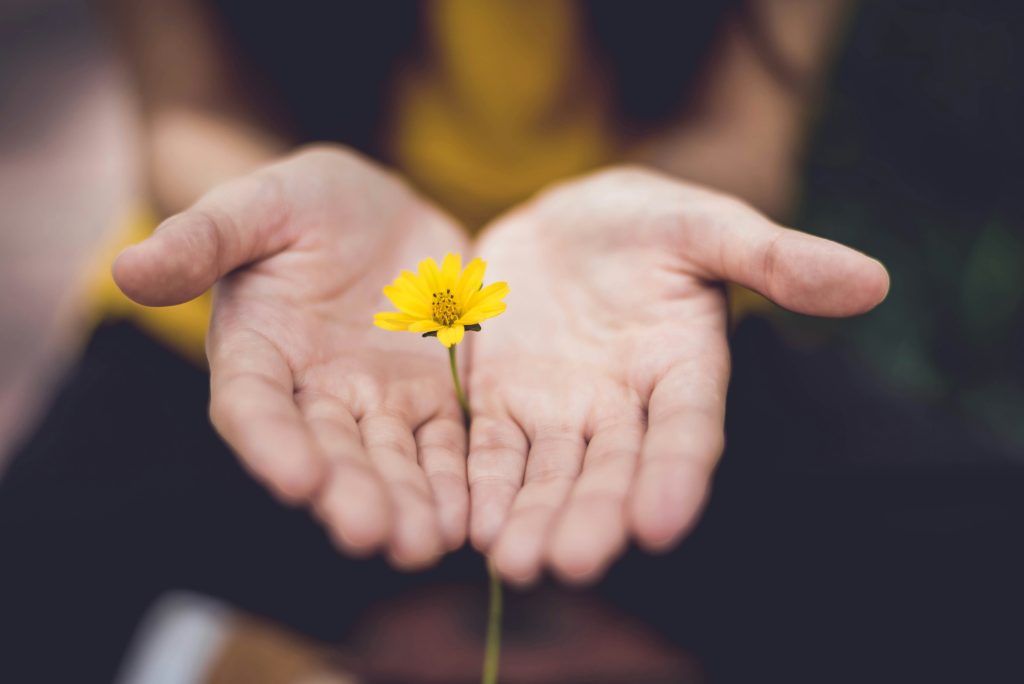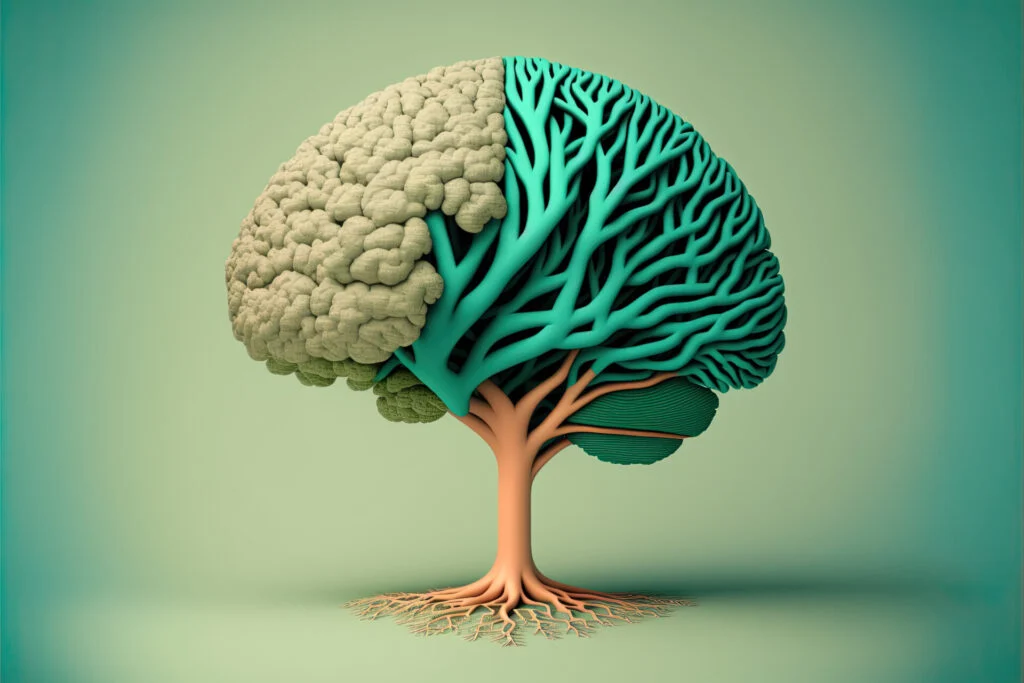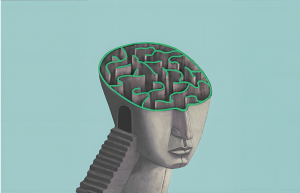In our society, vulnerability is often seen through a lens of weakness, a character flaw that must be hidden at all costs. Yet, what if the very essence of our strength lies in our ability to be vulnerable? What if, in our openness, we find not only the path to profound emotional growth but also a deeper, more genuine connection with the world around us? This exploration is particularly poignant for users of the BrightNest app, as it seeks to illuminate how embracing vulnerability can significantly enhance mindfulness practices and overall well-being.
Understanding Vulnerability
Vulnerability, in its purest form, involves emotional exposure, risk, and uncertainty. It’s the courage to show up and be seen, to share our innermost thoughts, feelings, and experiences without the guise of invincibility. Brene Brown, a leading researcher on vulnerability, defines it as the birthplace of love, belonging, joy, courage, empathy, and creativity. It is in vulnerability that we find the roots of our most profound connections to ourselves and others.
The Misconception of Vulnerability
Society’s narrative around vulnerability is fraught with misconceptions. We grow up believing that to be vulnerable is to be weak, that strength is synonymous with a stoic, unyielding façade. This belief system drives us into the shadows of isolation, where we hide our true selves for fear of judgment or rejection. However, this avoidance of vulnerability comes at a significant cost to our emotional health and personal growth. It stifles our ability to connect authentically, to experience empathy, and to embrace the full spectrum of our human experience.
The Link Between Vulnerability and Emotional Growth

The journey towards emotional maturity is intricately tied to our capacity for vulnerability. Here’s a deeper look at how embracing our vulnerabilities can catalyze personal and emotional development:
Increased Self-Awareness
At the heart of vulnerability lies a profound opportunity for self-discovery. To be vulnerable, we must first engage in introspection, confronting and accepting our fears, flaws, and deepest desires. This process of self-examination is not for the faint of heart; it requires courage and honesty. Yet, it is through this vulnerability that we gain a more nuanced understanding of ourselves, our values, and our place in the world. This heightened self-awareness is a cornerstone of mindfulness, allowing us to live with intention and authenticity.
Strengthened Connections
Human connection thrives on authenticity. Vulnerability dismantles the barriers we erect between ourselves and others, fostering a climate of trust and openness. By sharing our true selves, we invite others to do the same, creating relationships grounded in mutual understanding and respect. These authentic connections are vital for our emotional well-being, providing a sense of belonging and community that enriches our lives in immeasurable ways.
Enhanced Resilience
Contrary to popular belief, vulnerability does not weaken us; it fortifies our emotional resilience. By facing our fears and exposing our true selves, we learn that we can endure rejection, failure, and criticism, and still remain intact. This realization imbues us with a sense of empowerment and courage, enabling us to navigate life’s challenges with grace and perseverance. Vulnerability teaches us that our strength is not derived from invulnerability but from our ability to recover and adapt.
Integrating Vulnerability into Your Mindfulness Practice

For BrightNest users looking to deepen their mindfulness practice, integrating vulnerability can offer profound benefits. Here are ways to weave vulnerability into your daily mindfulness routine:
Mindful Sharing Sessions
Create a sacred space for openness and sharing, whether with a trusted confidante, a support group, or through journaling. Use this time to express your innermost thoughts and feelings candidly. This practice not only cultivates vulnerability but also enhances emotional articulation and introspection, key components of mindfulness.
Self-Compassion Exercises
Cultivate self-compassion as an integral part of your mindfulness practice. Acknowledge your struggles, fears, and perceived inadequacies with kindness and understanding. By treating ourselves with compassion, we learn to extend the same grace to our vulnerabilities, recognizing them as inherent aspects of our humanity.
Reflective Meditation
Incorporate reflective meditation practices focused on vulnerability into your routine. Sit quietly, breathe deeply, and allow yourself to explore your vulnerabilities without judgment. This practice encourages a mindful acceptance of our true selves, fostering a deep sense of inner peace and connection.
Conclusion
Vulnerability, far from being a weakness, is a testament to our strength and humanity. It is the gateway to deeper self-awareness, more meaningful relationships, and a resilient spirit. For BrightNest users and beyond, embracing vulnerability can transform mindfulness practice from a solitary pursuit into a connective, transformative journey towards emotional growth and well-being. Remember, the path to vulnerability is personal and unique to each individual, but the destination—a life of authenticity, connection, and emotional richness—is universally rewarding.




vel accusantium ab doloremque quia ipsam debitis tempora adipisci totam quia temporibus esse minima iusto quia fugit. accusamus facilis et autem necessitatibus dolore et autem.
quidem architecto et a quidem ut blanditiis rerum accusamus eum tempora aut. et aut soluta aut ut vel consequatur reprehenderit repellat. est corporis sed aut voluptatem commodi eos et hic in consequatur.